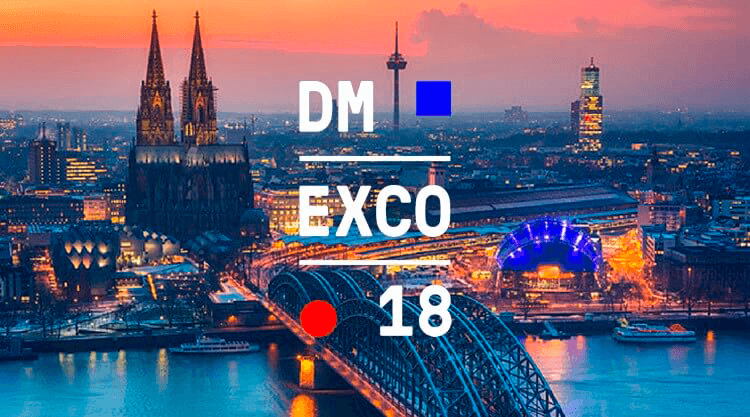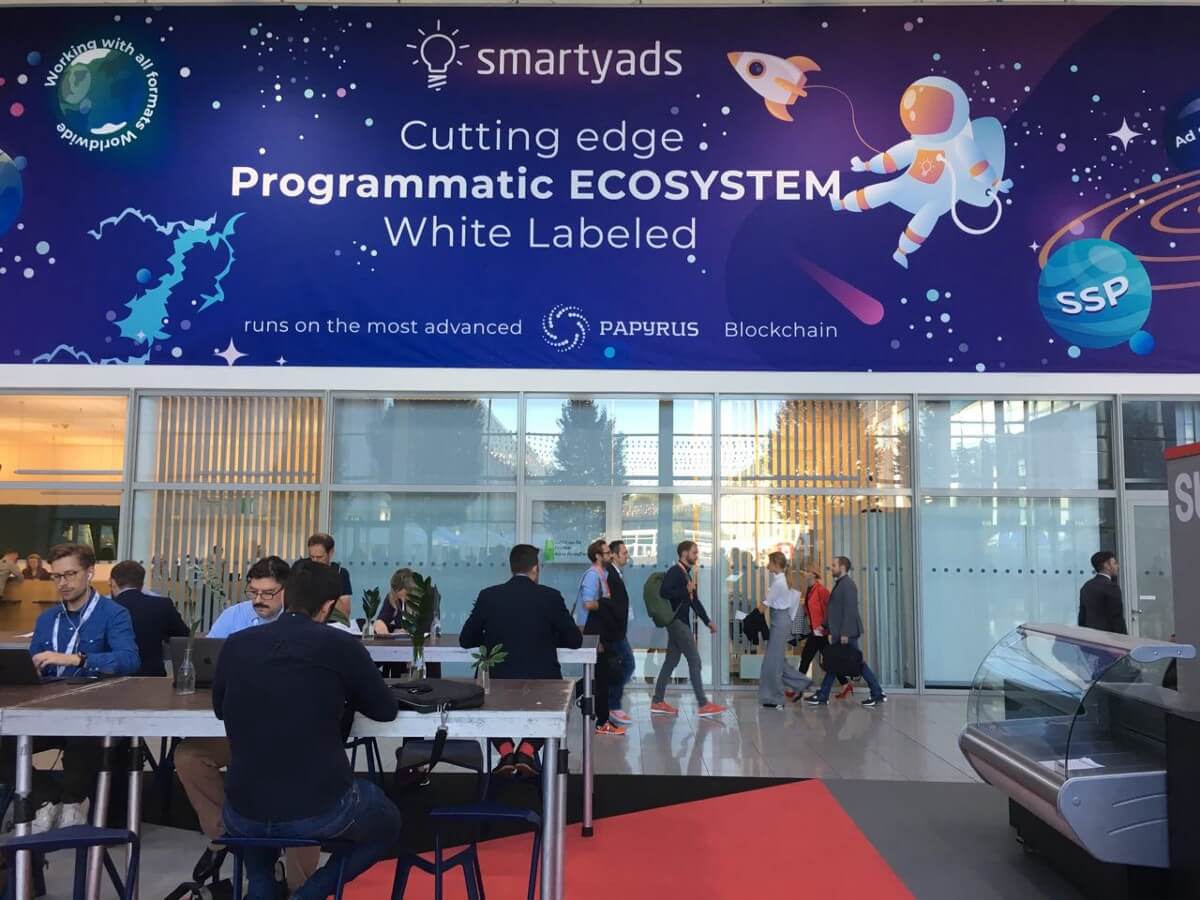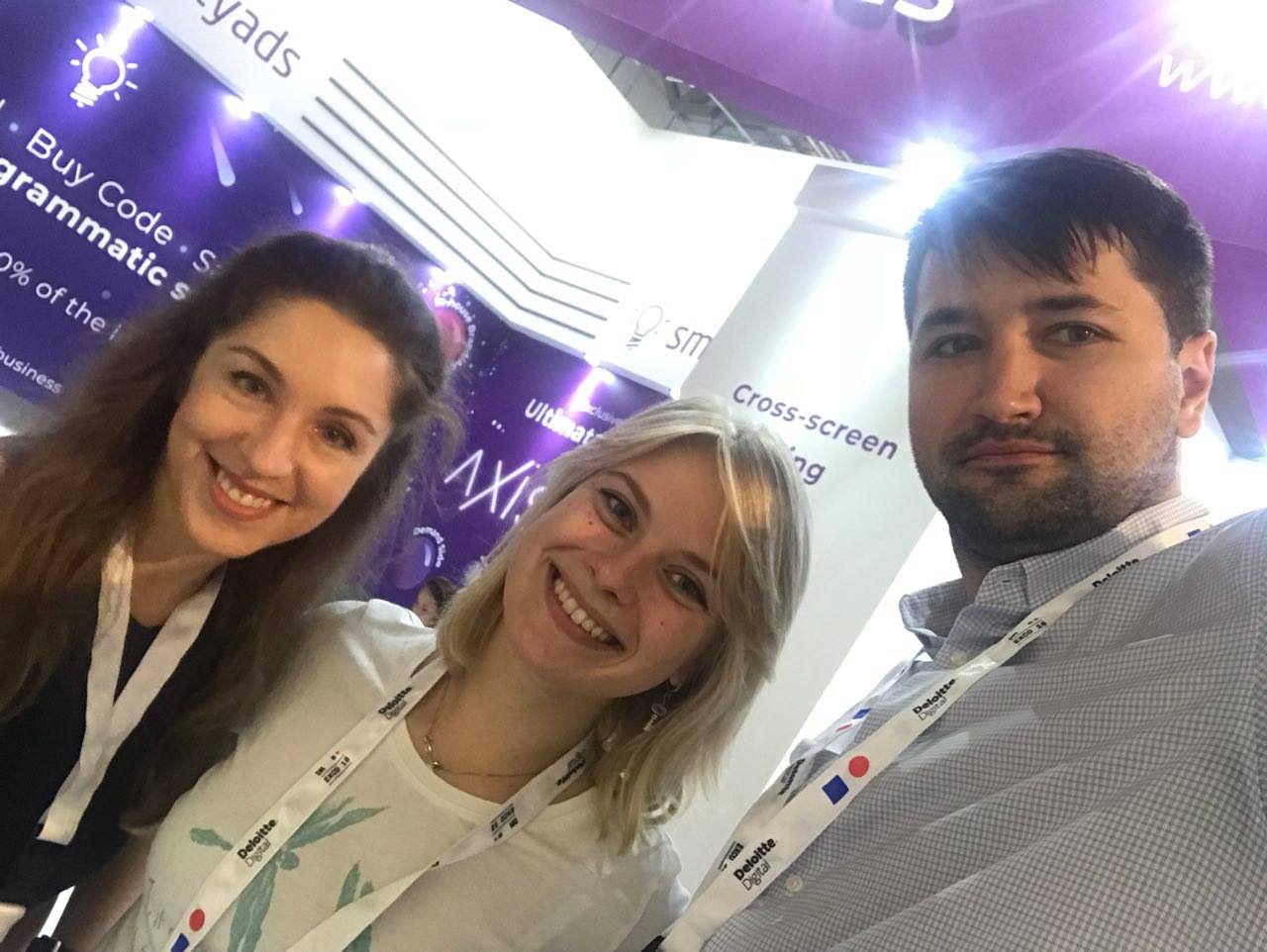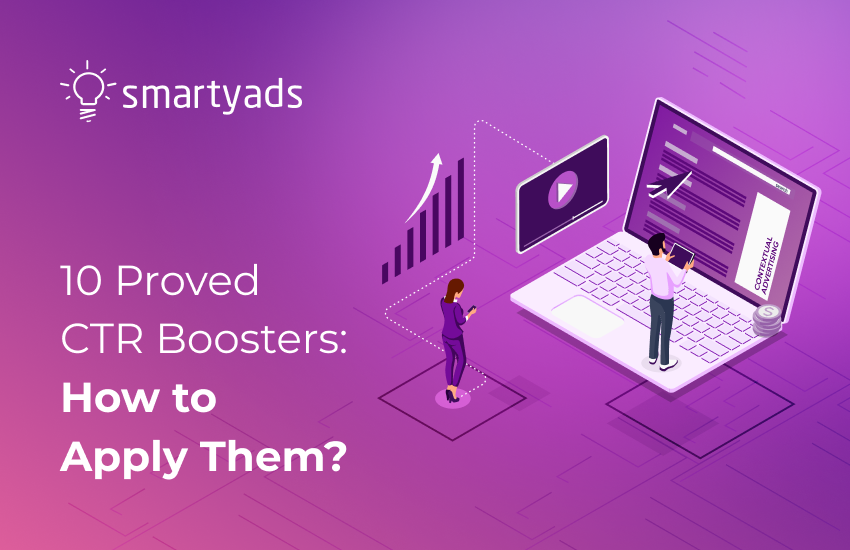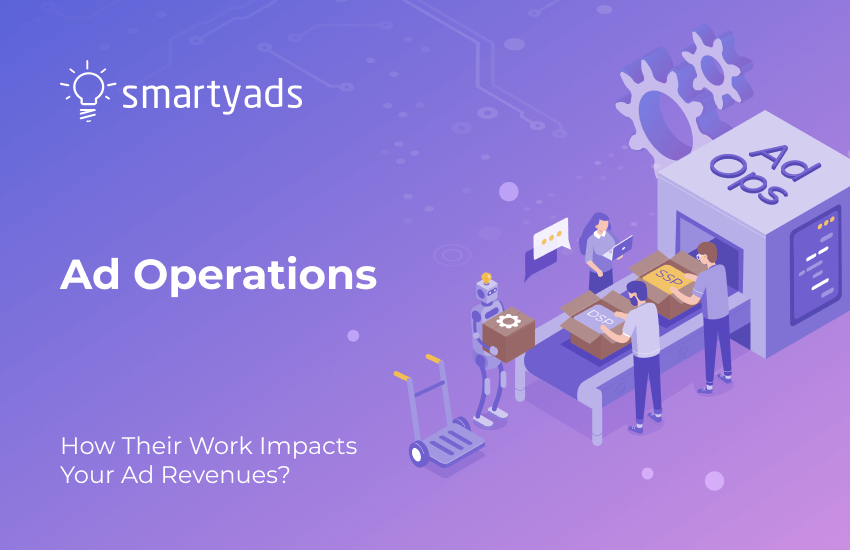DMEXCO 2018 has proved its “Cannes for geeks” reputation just another time. The conference was hosting 1,000+ ad tech experts, influencers, and industry leaders. Apart from this, 40,000 guests from all over the world visited the conference. Judging purely by numbers that's a success. Participation in the conference was a great opportunity for SmartyAds to gain new insights, discover emerging trends, share personal professional experiences and business practices with the ad tech community and our tech partners like Papyrus.
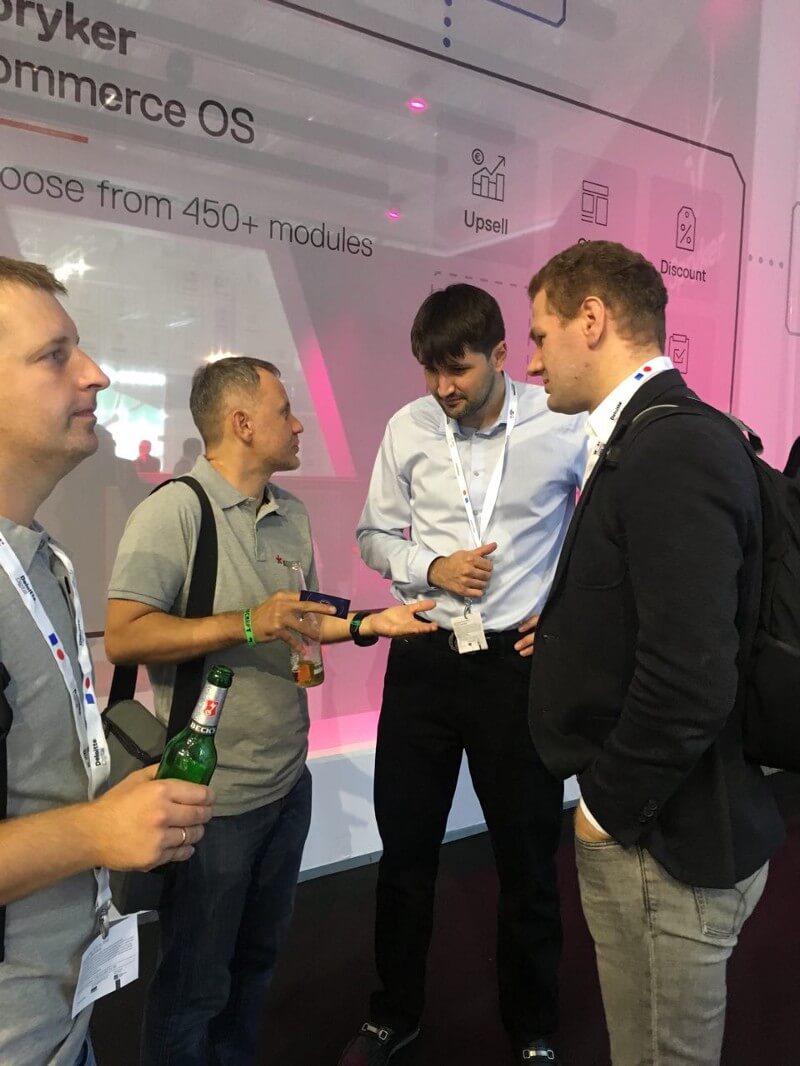
Companies ally to grow stronger
The key areas of interest everyone paid attention to on DMEXCO 2018 were: in-house and white label solutions, connected TV, strategic corporate consolidations and big alliances. In just two days these topics were actively discussed in the series of meetings.
In the light of globalization, companies are specifically eager to merge in order to reinforce their strong sides and get rid of the weak ones. At DMEXCO 2018 this subject obviously gained a big resonance. A huge reason for that is that every company strives for a worldwide presence these days.
Even though ad tech is quite a young segment by Internet business standards, the first players appeared here and made their alliances about ten years ago. The television network RTL purchased a video platform SpotX back in 2017. Afterwards, it managed to open seven new offices worldwide, grow (EBITDA), and skyrocket the revenues. The same strategy was chosen by programmatic company Ligatus which purchased open platform LiquidM in 2016. This decision allowed Ligatus to quickly reach the European market.
As a result of mergers and acquisitions, technological solutions often end up becoming the property of the single owner. In order to grow, the market players try to eliminate the intermediaries that take their share of money inside the technological chain.
Combining strengths, smaller companies can easily compete even with large corporations. The aim of Time Warner Inc. and AT&T Telecommunications alliance, for instance, was building an independent mobile-first entertainment media, sustainable enough to compete with Google and Facebook.
Technologies are rented and sold
Large corporations and media giants started investing in technological projects and ad tech startups a long time ago - a decade from now. The rest of the investors understood the attractiveness of tech decisions in the last 3-5 years.
Those companies who had never been featured on the list of possible tech startup purchasers, now project enhanced interest in advertising technologies. Thus, in 2016 Vimeo has acquired the whole OTT video platform from VHX on a white-label basis.
The introduction of the white label business model made purchasing technologies convenient and simple. You can start providing services in the shortest possible time establishing new products on the market before competitors.
In order to bring own solution to the market, you typically need a team of developers, project managers, marketers, and designers. The white label enables to buy a technically ready-made product/platform and build own sales model on it. Such a model is not only beneficial in terms of time and money. Purchasing technology on the white label basis the brand can be sure about quality which is granted by the solution provider.
Advertising goes in-house
This year DMEXCO attendees were actively discussing a new subject in the ad tech industry - the in-house solution for marketing and advertising. Insufficient transparency, inflated prices, commissions, and distrust within programmatic chain, as a result, push brands to seek independent solutions.
The other problem is related to data fragmentation. Once the marketing is outsourced to the agency, measuring the ROI across channels and platforms becomes almost impossible.
Taking marketing in-house the brand receives the full picture of expenditures, the performance of each promotion channel, and interaction with customers. The total synchronization of all marketing tools and systems inside a single brand-level funnel is a core of an in-house approach that serves a better comprehension of the results.
The data that brands obtain independently bear much higher relevance and credibility. How exactly the impression was served and to whom is no longer a question to the advertiser. With in-house insights always at glance, it’s easy to compare, analyze, and develop strategies for mobile, desktop, and programmatic TV campaigns.
CTV is gaining prevalence
Precise targeting and advertising personalization innate to programmatic advertising are already available for television. While the majority of the non-digital media-buying practices are seeing their last days, TV medium is being quickly redefined by the algorithmic buying. Official statistics only prove the rising trend, it is estimated that by the end of the year 2.9 billion dollars will be spent in the US on programmatic TV. In 2019 this number will reach 3.8 billion.
Television is incredibly underrated as an advertising medium and targeting the viewers on addressable TV is going to save the day. In order to schedule the advertisement on TV, the brand will no longer have to analyze the rating of the program, determine the relevance of the auditory who watches it, and make the placing arrangements.
Brands and agencies, as well as cable networks, will significantly increase their revenues from advertising on programmatic TV. The demographic segmentation and targeting, ROI measurement, and real-time inventory management on addressable TV platforms will be as easy as starting a display campaign on the web.
Afterword
Advertising and marketing technologies rapidly revolutionize and DMEXCO insights 2018 proved that. Ad market players build their own businesses purchasing technologies based on white label models and create end-to-end, streamlined in-house solutions to better control performance and ad campaigns. Moreover, not only digital tools are getting integrated, old-school mediums like TV fall into the programmatic ecosystem enabling the brands to reach the new audiences and automate the media campaigns better.
